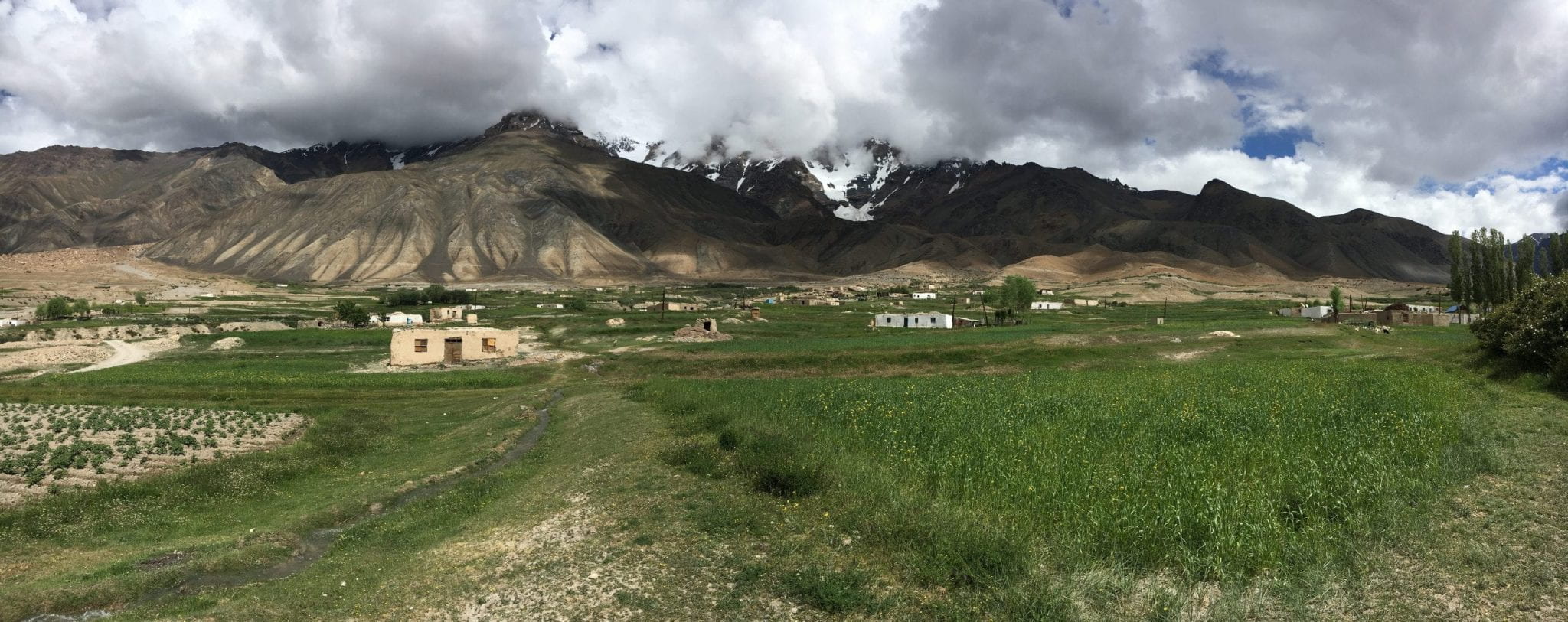To save time, effort and cost and reduce the margin of error, The UK government has launched a digital map of underground pipes and cables. Several entities collaborate to create a platform that collects data from these assets in one place.
In the world of engineering and construction, Every project at its inception needs accurate information about the underground assets of the facilities, Such as cables, pipes, drainage networks, etc., To avoid causing costly damage during drilling operations on the one hand, And to preserve public safety and protect employees on the other hand. To collect this information, You should contact many organizations to obtain data of different formats, metrics, dates and quality levels.
These practices may not be effective, They may impede implementation and increase costs, Not to mention the disruption of traffic and the imposition of many risks to public safety and financial burdens on local economies. In the United Kingdom, The government digs more than 4 million holes a year. Many errors may occur that can cost more than $3 million per year. Besides the condition of the land, which may pose unexpected challenges for construction projects. Because these broad societal costs are not the responsibility of one entity, This system will not be able to reform itself without government intervention.
therefore The Geospatial Commission is working with the governments of Wales, Tees Valley, Greater London, Atkins and dozens of stakeholders on a project to create a unified data-sharing platform called the National Underground Asset Registry. The project aims to streamline the operations of gas, water, electricity and telecommunications services infrastructure by building a digital map within 3 years.
For now The Committee integrates its efforts with 42 local authorities, utility departments, suppliers, contractors, transport and technology agencies and others, This is to study the feasibility of the project aimed at locating, clarifying and regulating underground assets. Within this study, A modular platform has been developed to be a fixed model for planning and use in field and office experiments, It provided an effective test of the Gemini standards, It is the English abbreviation for: "Global Emergency Management Information Network Initiative". Through approved systems, The model takes input from the physical twin based on periodic uploads and APIs, It then publishes the data unchanged, Any gaps are reported. It also includes a monitoring feature, Field workers can register unidentified or falsely registered assets and notify their owners.
Because digital transformation is not limited to technology, It is also related to people and processes, as experience has shown, The project was founded on a local network and a multidisciplinary advisory group that collaborates with leading organizations inside and outside the Kingdom. Dialogues and seminars are held through various means.
The team used the principles of rapid evolution to give value to participants in short courses, Maintain close contact between developers and users. Therefore, The user interface should have been simple, practical and well-designed to achieve the best testing for users and collect the exact results of the prototype to improve data quality and enable the system to adapt via a unified approach and flexible architecture.
The data model was also based on an international standard developed by the Open Geospatial Union, It establishes a common and coordinated structure for the collection of data from different quarters, The group will continue to improve it to be scalable and to allow for continued use of data, The model in its current form is not qualified to absorb the full economic potential of the national registry.
As a whole, digital transformation initiatives, The project faced the challenge of harmonizing operational requirements with risk-based legal standards, The collection of digital data has posed security risks, Especially because it is related to such a vital issue as national infrastructure. Ownership and management rights of underground assets belong to commercial organizations. This brought further concerns about the disclosure of information.
To meet this challenge, The project team consulted the National Infrastructure Protection Center and the National Cybersecurity Center. It discussed with the concerned authorities their commercial and security concerns, To reach an agreement to preserve the rights of asset owners related to their private data with the signing of data exchange agreements between all government and private partner agencies without prejudice to sensitive sites. With this, The team came up with a securely designed model for a common, unopened system that provides role-based access, and apply certain protocols to ensure that the data is used only for its specific purposes, Owners are allowed to upload them to a central database. Despite being primary, It is expected to continue to be used in the future in cooperation with asset owners and after in-depth security screening.
According to the government plan, The effects will include several areas. Socially, The platform will reduce facility downtime, It will increase the safety of excavations for the public, Executively, taking note of every detail of underground assets will contribute to a safer and more efficient working environment. Enabling data exchange will also enhance confidence building in this competitive environment; The annual interest for the intervention was £245 million. The system will also assist in effective planning to address the impacts of climate change by facilitating the design and implementation of public works. In the long run, The authorities see this initiative as a first step towards creating a platform at the national level.
References:
- https://cities-today.com/what-lies-beneath-uk-to-digitally-map-underground-assets
- https://www.cdbb.cam.ac.uk/news/case-study-NUAR-pilot-programme






